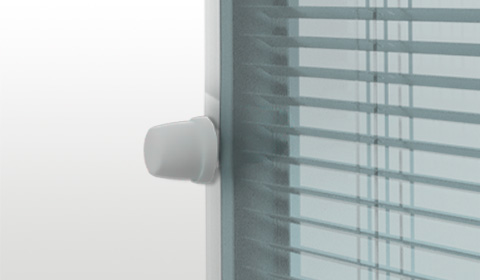Some rules exist just to be broken, avoided, bypassed and, why not, improved.
For interior design, too, there is a list of ten commandments to follow to make your home comfortable and welcoming, but you must remember that they are only suggestions.
What matters is undoubtedly your personality, your style and what you decide to express when you choose your home furnishings.
The article “Interior designers reveal 7 decorating ‘rules’ you should ignore” by insider.com gives 7 tips that have been approved by interior designers for rules to ignore when furnishing your home.
1. Combine different styles while maintaining consistency
Mixing different styles does not mean upsetting the coherence of the environment to be furnished or creating aesthetic chaos.
Just because you’ve designed the space in a specific style doesn’t mean you can’t match it with others.
Interior designer Annie Santulli told Insider
“You shouldn’t design an eclectic space to incorporate a piece of furniture that doesn’t fit the style of the room.”
If you’re worried that your environment won’t be consistent, just stick to a specific palette of shades: color is the simplest glue.
2. Mix the characteristics of furnishing details
Have you ever thought that furniture doesn’t have to be exactly the same?
Suzan Wemlinger, the main interior designer at Suzan J Designs, said that, contrary to popular belief, not all the accessories in your kitchen necessarily have to match.
“Just because your kitchen furniture has bronze details, that doesn’t mean that your faucet, lamps and knobs all have to be made of bronze. You should try mixing metals because that makes the room much more interesting.”
3. Do not leave the ceiling white
The ceiling doesn’t have to be white.
Imagine how a colored ceiling can make your rooms even more interesting.
It’s quite standard for rooms to have white ceilings, but interior designer Wemlinger told Insider that it’s fine to paint them in other colors too.
“If your room is neutral and monochrome, a soft, metallic champagne-coloured ceiling will be amazing, or you can try using geometrically patterned wallpaper on the ceiling for a fun effect.
4. Mix paintings and frames
If you love works of art, your rooms can have a consistent style even if they are not by the same artist or don’t have the same frames.
On the contrary, mixing paintings and frames can make your space less boring.
“No matter how good art may be, if it’s all similar, it will lack visual interest. Also, if each element is framed, there will be little material interest for the guest”, said Interior designer Wemlinger.
Mixing different styles and genres, like a traditional oil painting in a vintage frame with a portrait on canvas, will give you an aesthetically appealing effect that will catch the attention of your guests.
5. Do not use carpets in the dining room
Deciding whether to use carpets in the dining room or not is entirely up to you, but you should know that it is not necessary.
Iantha Carley, owner of Iantha Carley Interiors, told Insider that “you don’t have to feel obligated to put a carpet in your dining room unless the space is really huge”.
The carpet is an element that not only takes up a lot of visual space, but also involves a lot of maintenance and cleaning.
If you don’t have to, avoid including this complement in your furniture, as it is much easier to appreciate – and clean – the floor.
6. White walls are not obligatory for small rooms.
White walls can help a room look bigger, but Iantha Carley said this “doesn’t mean you should feel obligated to paint a small space with a light color”.
Even dark colors have their advantages.
“Painting a small room in a dark colour creates a sense of intimacy and, in some cases, gives the illusion of enlarging the room because the corners are less obvious.”
7. Do not hang pictures only at eye level
When it comes to artwork, you can really hang them however you like and wherever you feel the room size suits you best.
For example, “you can try putting pictures at eye level and prints from floor to ceiling if you want to create a dramatic atmosphere”, she told Insider Kesha Franklin, interior designer at Halden Interiors.
“You can also create a group of frames of different sizes on the floor to fill an empty corner in the room. It’s easy and can be easily updated as your mood changes or your art collection grows.”
Conclusions
Here are 7 tips concerning some strict interior design rules that can be ignored when decorating your home.
As always, we advise you to follow your instinct and personality to create a home environment that matches your lifestyle.

























